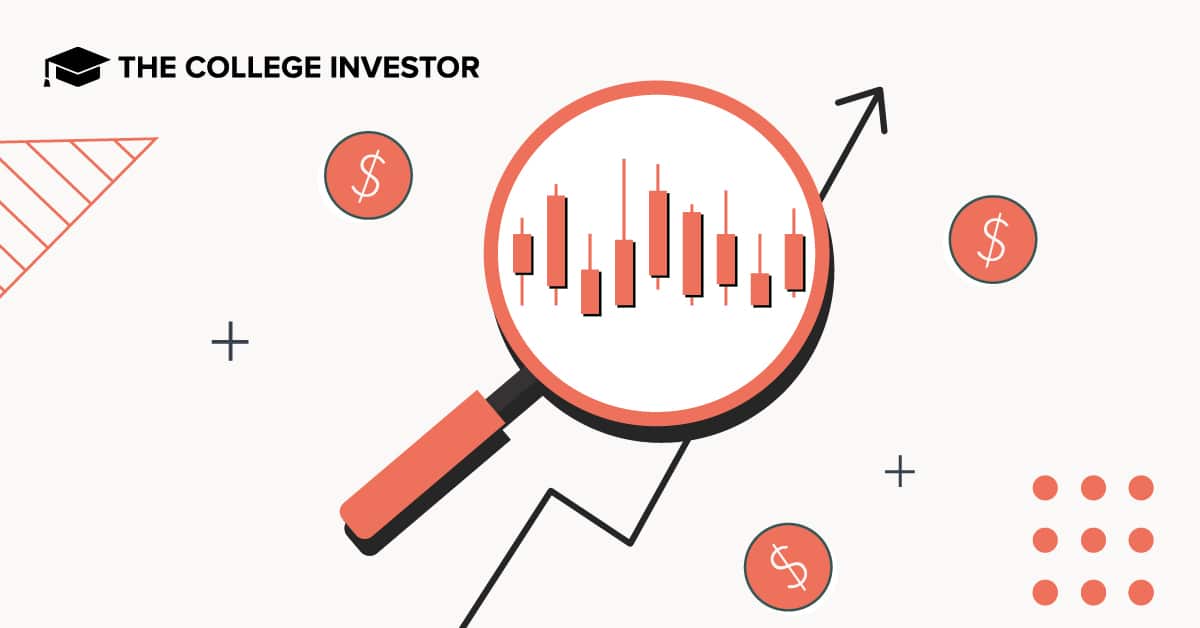When Stock Volume Matters and What It Tells Investors


Stock trading volume (the total number of shares bought and sold during a given period) tells you more than how active a stock is. It can help explain price movement, liquidity, and even investor sentiment.
Understanding volume gives you a clearer picture of what’s happening beneath the surface of a stock chart.
Stock volume measures how many shares change hands during a set time frame, typically one trading day. When you see a company’s “average daily volume,” that’s the mean number of shares traded each day over a certain period — often 30 days.
High volume means many investors are actively buying and selling. Low volume suggests fewer participants and potentially larger price swings when trades occur.
That difference has major implications for how quickly you can enter or exit a position without moving the price.
Volume directly affects liquidity: how easily an investor can buy or sell without changing the price. Stocks with high volume generally have tighter bid-ask spreads and more predictable execution.
A 2022 study in the Journal of Financial Markets found that trading volume is one of the strongest determinants of liquidity costs and price efficiency in U.S. equities.
In Simply Terms: when more people are trading a stock, you’re less likely to pay a premium or discount to get your order filled.
Low-volume stocks can move sharply even on modest buying or selling. Because there are fewer participants, one large order can push prices significantly in either direction.
Research from the Review of Financial Studies shows that stocks with lower trading activity tend to have higher short-term return volatility and wider spreads. This doesn’t make them “bad” investments – it just means investors should account for the added risk when sizing positions.
Technical traders use volume to confirm price moves. A price breakout accompanied by high volume often signals real buying interest. If a breakout occurs on low volume, it may not hold — the move might be driven by only a handful of traders.
For example, when a stock surges above a resistance level with double its normal daily volume, that’s generally seen as a stronger signal than a breakout on light volume.
Sudden spikes in trading volume can also indicate news, rumors, or shifts in sentiment. High volume often appears before or after major announcements — earnings releases, mergers, or analyst upgrades.
When researching stocks, you should pay attention to the stock volume.
Compare Volume to Price Moves
Watch for Volume Spikes
Blend Fundamentals and Volume Data
Use Volume-Weighted Indicators
During the early 2020 COVID-19 sell-off, daily NYSE trading volume nearly doubled compared to 2019 averages, according to data from the New York Stock Exchange. That surge reflected panic selling and later, opportunistic buying by funds.
Similarly, during the 2021 meme-stock episode, GameStop’s (GME) daily volume jumped from under 10 million shares to more than 200 million, illustrating how volume can expose speculative extremes.
What’s considered high trading volume?
It varies by market cap and float. For large cap stocks anything above 10–20 million shares daily is high. For small cap stocks, even 500,000 can be active.
Is low volume always bad?
No. It simply means fewer participants. It can make trading harder but doesn’t automatically reflect company quality.
Can volume help short-term traders?
Yes — many traders rely on volume indicators to spot breakouts, reversals, or exhaustion moves.
Where can I find volume data?
Most brokerages and financial websites (Yahoo Finance, Nasdaq.com, Finviz) publish both real-time and historical volume data.
Volume tells the story of how much conviction is behind a move. Paying attention to it helps you understand when prices are likely supported by genuine interest or when a move might be running on fumes.
While it’s just one part of market analysis, combining volume insights with sound fundamental research gives you a stronger foundation for investment decisions.
Don’t Miss These Other Stories:

Industrial flex space has become a quiet favorite among sophisticated investors seeking durable income backed by real business demand. If...

Getting an inheritance is the epitome of a mixed blessing. You receive a financial windfall, but the cause is the...

During his tenure as the California Secretary of Health and Human Services, Mike Wilkening cemented his reputation as a steady...